Late rains salvage cotton output
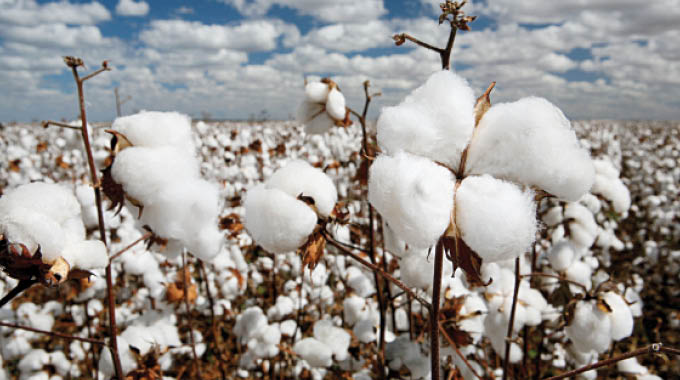
Harare Bureau
WHILE Zimbabwe’s cotton output is expected to decline by 30 percent this year, according to the latest official figures, production is seen higher than initial estimates after late rains salvaged some of the crops.
The cotton crop suffered two major setbacks — the late-onset of the rainy season and a very long dry spell experienced in most cotton-growing regions during mid-season.
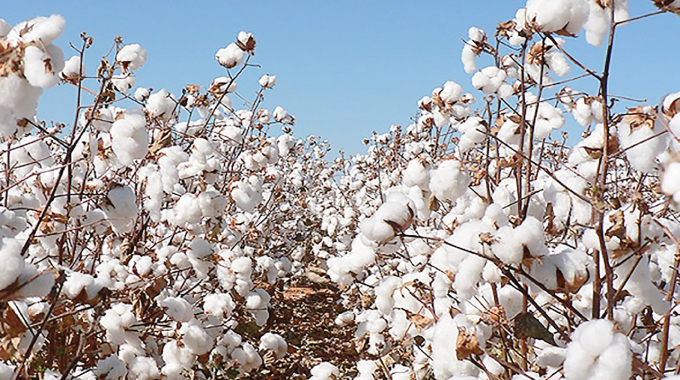
However, unusually heavy rains in March through April undid much of the damage that had been caused by the mid-season dry spell. The latest figures from Agritex show that production would drop to about 116 000 tonnes from 132 000 last year.
Initially, the industry had projected that production would drop to 92 000 tonnes.
“Much of the crop survived after heavy rains were received in March and April,” said an Agritex official who declined to be named because is not allowed to talk to the press.
Cotton Producers and Marketers Association chairman Stewart Mubonderi the rains received in March and April helped the late-planted crop. “We are expecting a very good crop in Mwenezi, Chiredzi and Muzarabani where farmers planted up to 15 February and this will give us a better yield than initially projected.”
Cotton is mainly grown by rural farmers, with the majority (about 85 percent) supported by the Government under the Presidential Cotton Free Inputs Scheme.
Under the scheme, farmers get free inputs including, seed, basal and top fertilizer as well as chemicals. Cottco, which administers the scheme also provides tillage services.
The scheme was launched in 2014 in a bid to boost yields after output plummeted to 28 000 tonnes, the lowest yield in nearly two decades after the 1992 drought.
Zimbabwe’s cotton season runs in two phases: planting between October and January and a harvesting and marketing phase that runs from May to September.
The opening date for this year’s marketing season will open the first week of June.
The price for the 2022 cotton marketing season was set at $111 per kilogramme for the crop funded by private companies and $63,23 produced under State assisted farming programmes–Pfumvudza/Intwasa and the Presidential Free Inputs Scheme. Farmers will be paid an additional US$30 per bales weighing 250 kilogrammes.
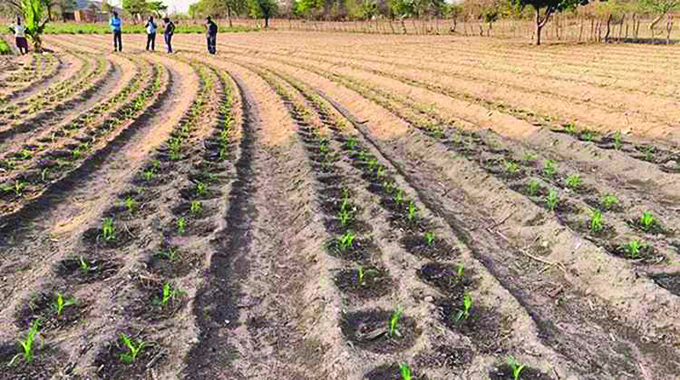
Pfumvudza Intwasa fields
The Reserve Bank of Zimbabwe (RBZ) had said in February that cotton farmers, alongside tobacco growers, will be paid 75 percent of their earnings in foreign currency as the Government sought to boost production of the two agricultural export commodities. But the cotton firms have failed to secure US-dollar loan facilities.
Industry players said the announcement, made in the 2022 Monetary Policy Statement, came late as it normally takes about six months to have such facilities approved.
“What farmers would like to see is timely payments, both the US dollar and Zimbabwe dollar component,” said Mr Mubonderi.
“We have been shortchanged for a long time and we hope that payment would be made on time,” he added.
At its peak, Zimbabwe produced 352 000 tonnes of cotton, also referred to as “white gold” in 2012.

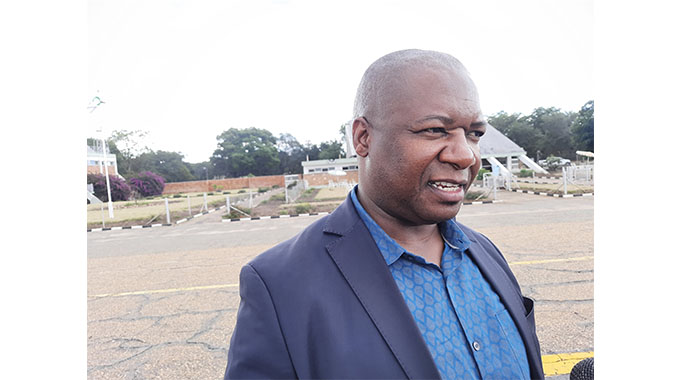
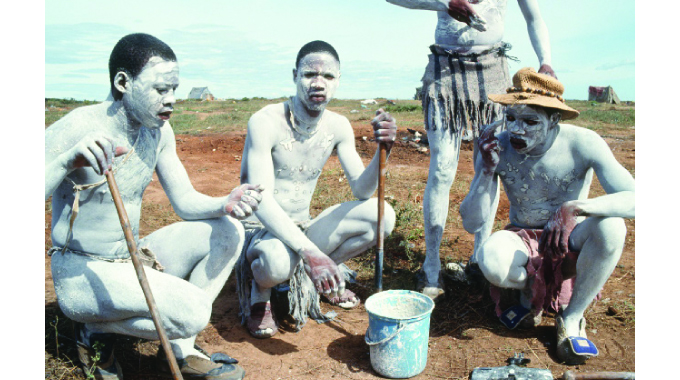
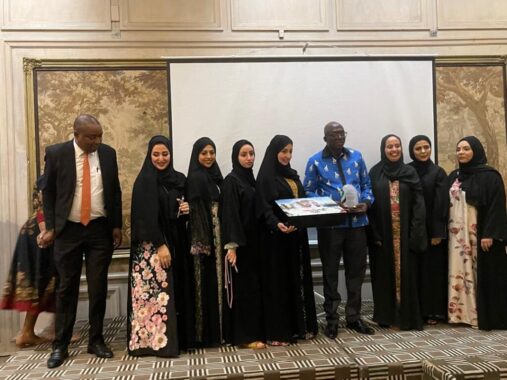

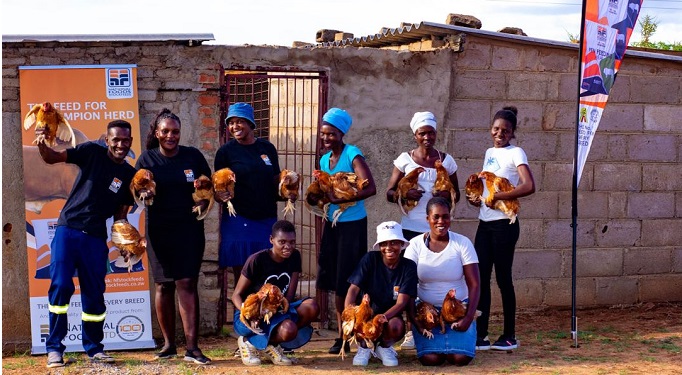




Comments